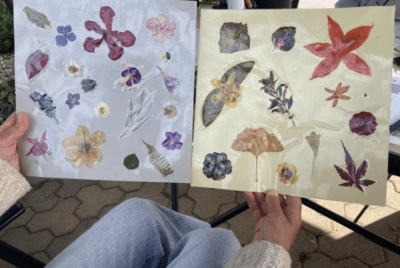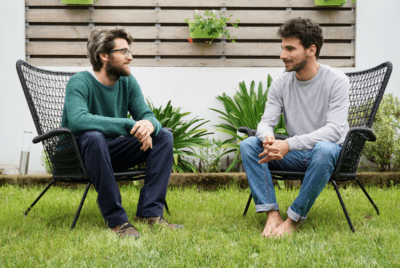RESEARCH
The Influence of Sensory Gardens on the Behaviour of Children with Special Educational Needs
Summary
This study, published in the Asian Journal of Environment-Behaviour Studies, investigated the influence of sensory gardens on the behaviour of children with special educational needs. The research aimed to explore how these gardens are utilized and the impact they have on the children. Conducted through observations of zones and their use, the study employed a combination of methods including interviews, observation, and behaviour mapping. The research was theoretically grounded in the affordance theory, which examines the relationship between the environment and its users and the possibilities a place offers. The study differentiated sensory gardens from others by their focus on carefully chosen components to provide maximum sensory stimulation. It also noted the historical shift from segregated ‘gardens for the blind’ towards integrated, inclusive green areas that offer enhanced sensory experiences for all users. Data was collected at a specific case study site, the Lyndale Special School in Liverpool, United Kingdom. Observation and behaviour mapping were conducted over fourteen days in May and July, with data recorded for thirteen separate thirty-minute periods daily during school hours.
The findings revealed that usage and time spent in the sensory garden were primarily dependent on the functionality of individual features and their accessibility, rather than the overall area of a zone. The study discovered that continuous pathways linking the garden areas, providing easy access to features, correlated with the highest number of users. Users tended to spend longer time in zones where sensory stimulation was emphasized over aesthetic value. Analysis of the case study garden, divided into four zones with 27 features, showed that functional features alongside accessible and continuous pathways promoted engagement and developmental benefits. For instance, features afforded interactions among students, teachers, and therapists, leading to observed social skills like talking, singing, and communicating. The conclusion highlighted that for students with special needs, the sensory value and accessibility of a garden are more crucial design aspects than visual aesthetics. This suggests that pathway layout and the accessibility of functional features are more significant drivers of user behaviour than the specific design of individual features, as long as they are accessible.







